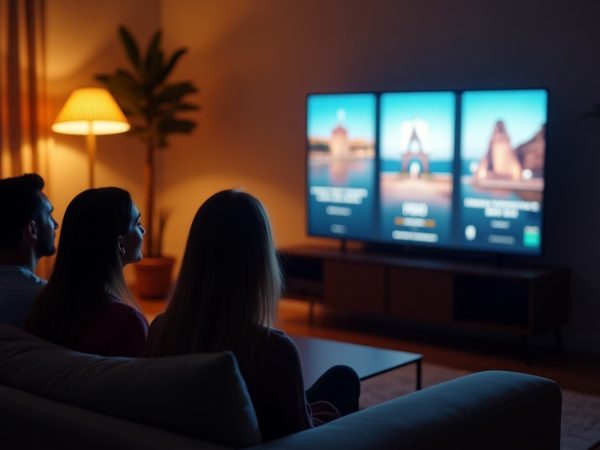Understanding Influencer Tiering in Marketing
In the ever-evolving world of influencer marketing, understanding the different types of influencers is key to crafting a successful strategy. Influencer tiering is the process of categorizing influencers based on various metrics such as follower count, engagement rate, and overall influence. By segmenting influencers into different tiers—nano, micro, macro, and mega—brands can determine which type of influencer best aligns with their goals.
What is influencer tiering?
At its core, influencer tiering is about creating a framework to differentiate influencers by their reach, engagement, and influence within their niche or industry. Each influencer tier has distinct characteristics, making it important for marketers to choose the right fit for their campaigns. Let’s take a closer look at the different influencer tiers and their roles in influencer marketing.
The four influencer tiers
1. Nano-influencers
Nano-influencers are typically individuals with a small but highly engaged following, usually ranging from 1,000 to 10,000 followers. Despite their smaller audience, nano-influencers often have a personal, intimate connection with their followers. This makes them particularly effective for brands looking to create authentic, relatable content. Their followers are often more trusting and willing to take recommendations.
Strengths of nano-influencers:
- Higher engagement rate: Their audience is more likely to engage with posts, creating an environment where recommendations are seen as more personal.
- Niche appeal: Many nano-influencers cater to specific interests, which can be ideal for brands with niche products or services.
2. Micro-influencers
Micro-influencers have a following between 10,000 and 100,000 people. While still smaller than the macro and mega categories, they typically enjoy high engagement and are seen as experts or trusted sources within their niche. Micro-influencers offer a balance between reach and authenticity, often collaborating with brands to provide content that resonates with their audience.
Strengths of micro-influencers:
- Authentic content: Their posts often feel genuine and unsponsored, which can lead to higher trust from followers.
- Cost-effective: They are generally more affordable than macro or mega influencers, making them a great choice for smaller brands or companies with limited marketing budgets.
3. Macro-influencers
Macro-influencers, typically ranging from 100,000 to 1 million followers, offer brands a greater reach. While their audience may not be as engaged as that of a micro-influencer, macro-influencers bring a level of influence and professionalism that makes them suitable for larger campaigns or mainstream marketing efforts.
Strengths of macro-influencers:
- Broader reach: Ideal for brands looking to promote products on a larger scale, attracting new customers across various demographics.
- Increased credibility: They often have a well-established reputation within their niche, which can lend authority to the brand they represent.
4. Mega-influencers
Mega-influencers are the biggest names in the industry, with follower counts over 1 million, sometimes even reaching tens of millions. These influencers are often celebrities, athletes, or other high-profile figures who can help brands achieve massive exposure. However, their engagement rates are typically lower compared to influencers with smaller followings.
Strengths of mega-influencers:
- Massive reach: Ideal for brands looking to increase awareness on a global scale.
- Celebrity appeal: Mega-influencers can attract media attention and create buzz, elevating brand recognition.
Why is influencer tiering important?
By segmenting influencers into these categories, marketers can develop more tailored and strategic campaigns. The importance of influencer tiering lies in its ability to align a brand’s objectives with the right influencer type. For instance, a brand launching a new product might benefit from a macro or mega-influencer to get widespread attention. On the other hand, a smaller brand may prefer to collaborate with nano or micro-influencers who can engage with their audience on a more personal level.
Benefits of influencer tiering:
- Cost efficiency: By selecting the right tier, brands can avoid overspending on influencers who may not yield the desired results.
- Strategic targeting: Brands can target specific audience segments by working with influencers whose followers align with the brand’s customer base.
- Campaign alignment: The right tier helps create campaigns that feel natural and authentic to both the influencer and their followers.









